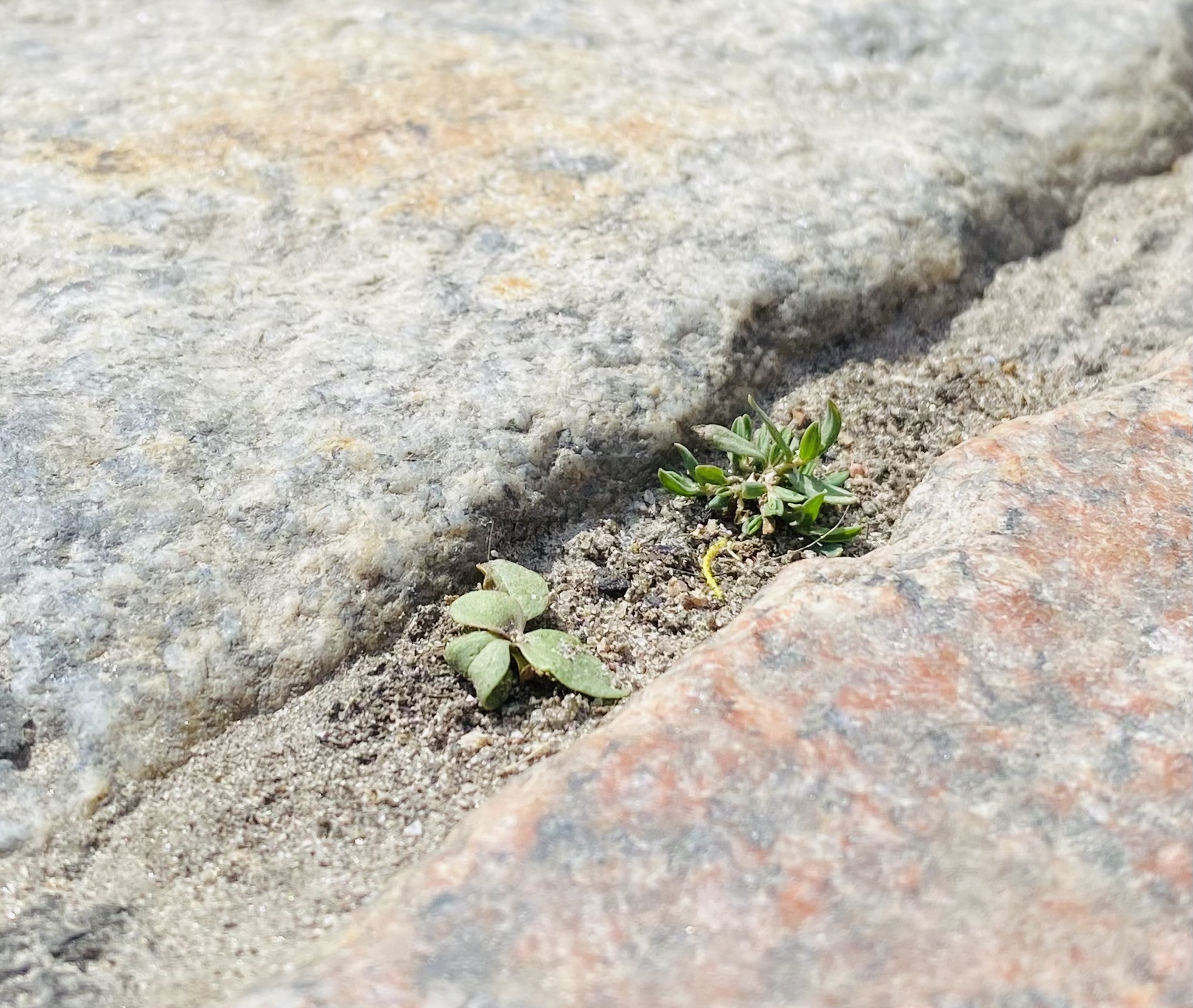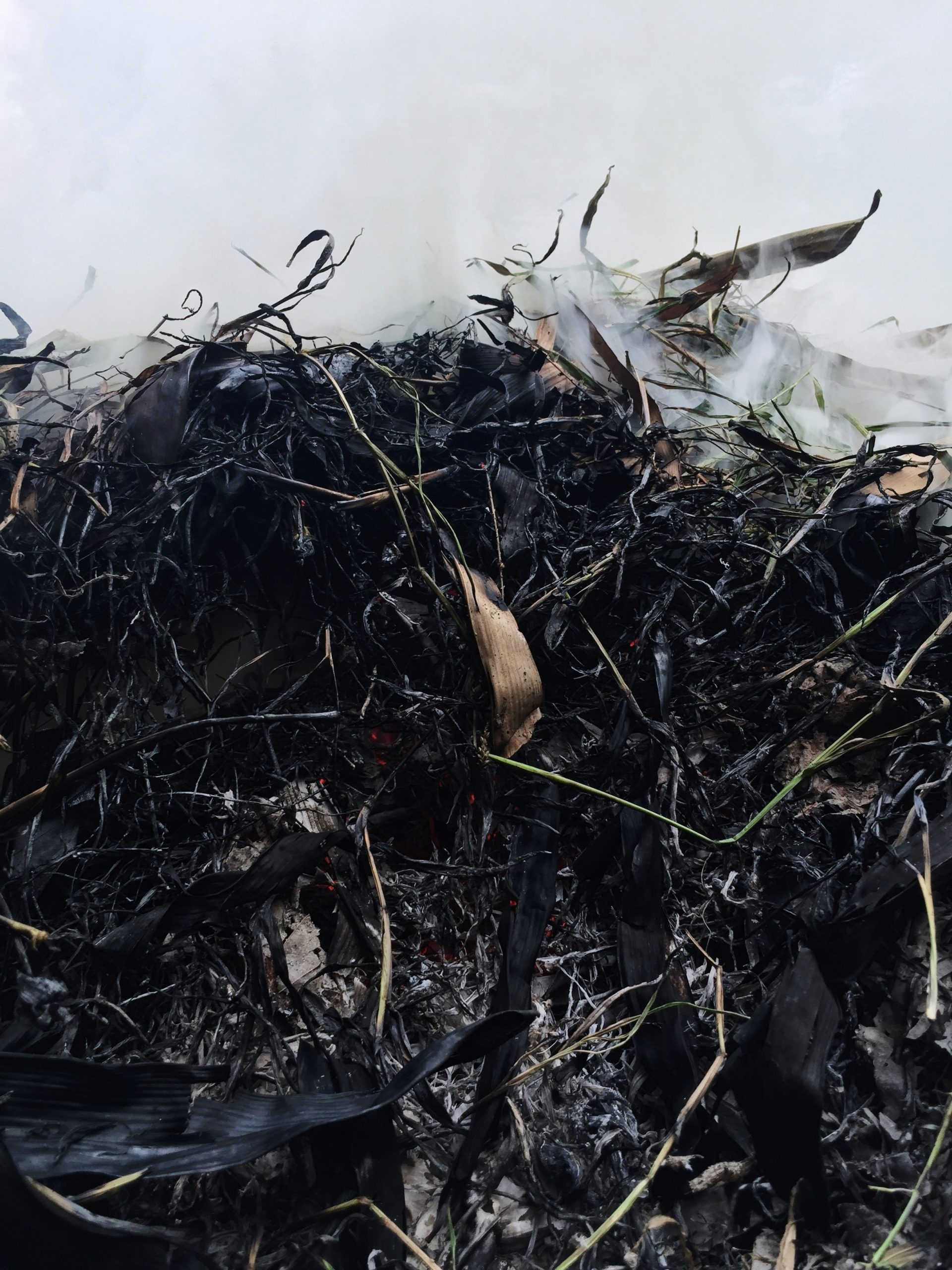Tag: Ecology
-

Seeds of Hope: How to Intertwine Larp and Ecological Activism
in
What could we bring into larp from the climate crisis? And what can we take home that could have an actual influence on how we act to mitigate the disaster we are living in?
-

The Manifesto of Playing to Live Elsewise
in
For there to be a future filled with play, there needs to be a huge shift in how we play. We are imaginers, world creators, loving, thriving beings filled with infinite possibilities to live and play elsewise.